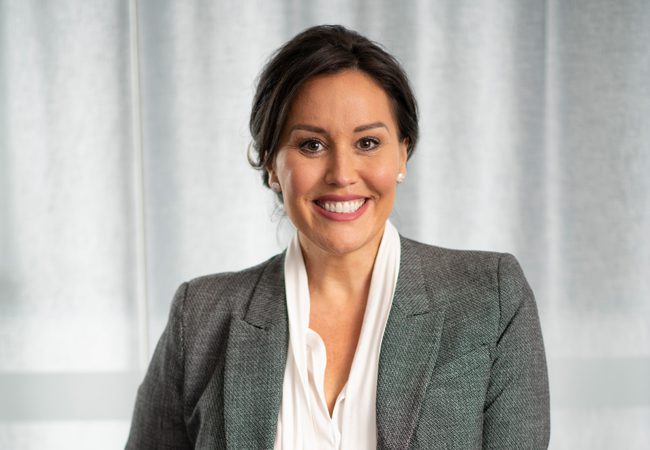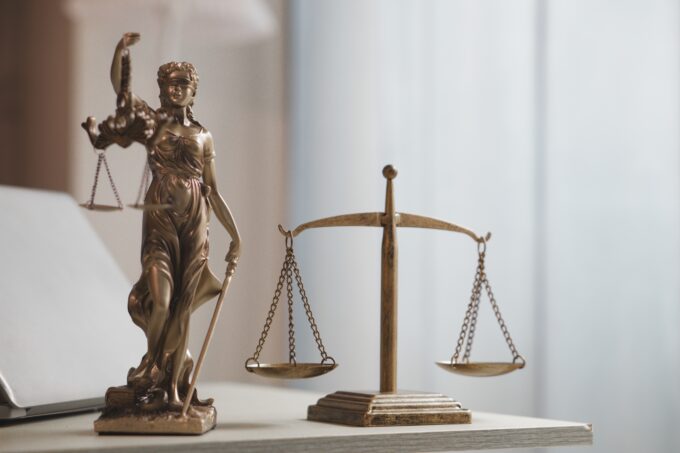Case Study One – Separated married couple with children
Marriage of 25 years with a property pool of approximately $4 million plus superannuation of $1 million. Each party has made equal contributions to the property pool and therefore the contributions-based division of the property pool at this point is 50/50, with each party entitled to $2 million plus superannuation of $500,000. Throughout the marriage the Husband has built a significant earning capacity as an Executive and earns $450,000 per year, while the Wife gave up her career to care for the children and has a very limited ability to re-enter the workforce. If she were able to secure employment, her earning capacity is limited to approximately $45,000 per year.
In this case, the contributions-based division of the non-superannuation property pool is likely to be adjusted in the Wife’s favour by 5-10% to account for the disparity in the parties’ respective earning capacities. Superannuation is not adjusted for the Wife’s future needs as it is anticipated that the parties will have similar needs in relation to superannuation once they reach preservation age. Therefore, the Wife is entitled to 60% ($2.4 million) of the non-superannuation assets and 50% ($250,000) of the superannuation. The Husband is entitled to 40% ($1.6 million) of the non-superannuation assets and 50% of the superannuation ($250,000).




















